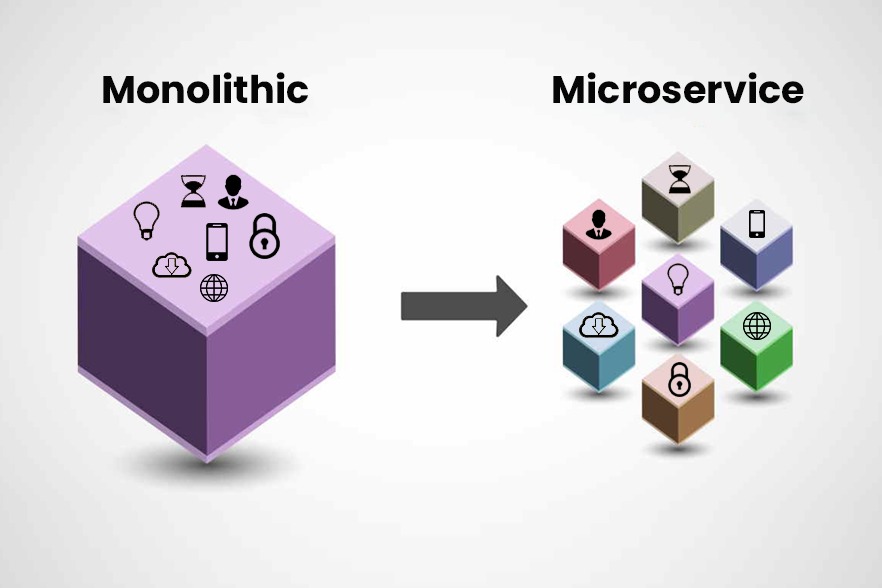Why Modernize Legacy Systems? A Complete Guide for Future-Ready Enterprises
Learn why legacy system modernization is critical for business growth. Explore strategies, benefits, and how to future-proof your tech for better performance, security, and scalability.















